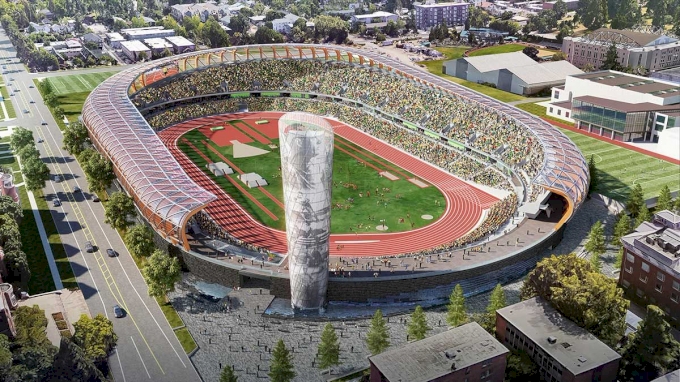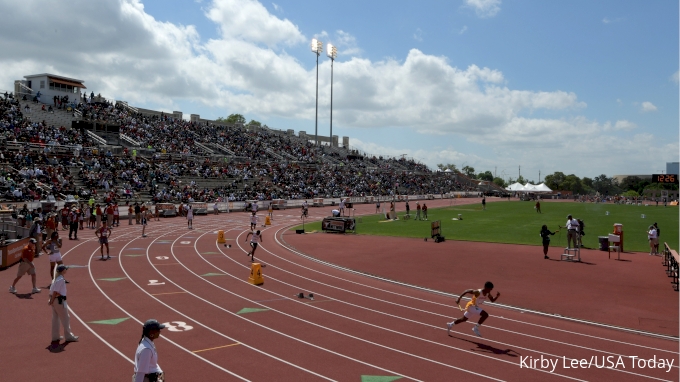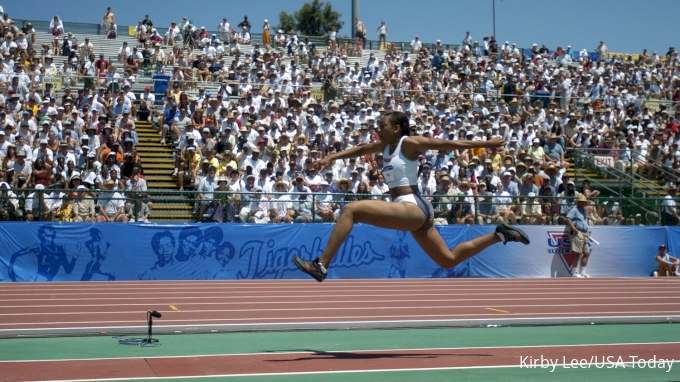Evaluating The Three Olympic Trials Bids: Austin, Eugene, And Sacramento
Evaluating The Three Olympic Trials Bids: Austin, Eugene, And Sacramento
Austin, Eugene and Sacramento are all bidding to host the 2020 Olympic Trials. What advantages and disadvantages does each site have?

During the USATF Outdoor Championships in Des Moines, Iowa, the sport’s governing body announced that Eugene, Oregon; Austin, Texas; and Sacramento, California, have all entered bids to host the 2020 Olympic Trials.
Finding suitable sites to host big meets has always been a challenge in the United States. But this year it was especially tumultuous. There was a protracted debate about Hayward Field renovations and a surprise decision by the USATF to take the 2020 Olympic Trials from Mt. SAC over concerns about that site's construction.
While that mess gets sorted out (or more complicated) the 2020 Trials needs a home and USATF has settled on Eugene, Austin, and Sacramento to host the nation's biggest meet. Here’s a breakdown of each bid:
Eugene, OR
Putting aside the irony of taking a bid away from one stadium that is under construction and giving it to a stadium that is currently a heap of rubble, Eugene has to be considered the favorite for the bid.
If everything is completed on schedule, the $200-million facility will be ready by 2020 and Phil Knight and company will be eager to get full use of it. Eugene has held the last three editions of the meet and has the infrastructure and volunteer base already in place.

The meet could serve as a chance to kick the tires before the 2021 World Championships and work out any kinks. But that could also be achieved at the 2021 U.S. Championships, which will in all likelihood be awarded to Eugene. Though there have been questions raised about the in-stadium experience and how many of the seats will be under the roof, the weather should be more pleasant than the other two cities (unless you have allergies).
Austin, TX
The city has never hosted a U.S. Championship of any kind, but Austin has been eager to get involved in hosting championship events.
Earlier this year the city launched an unsuccessful bid to host the 2020 Olympic Marathon Trials, and it has already locked down the next two years of the NCAA meet. Edrick Floreal’s move to Austin to take over the head coaching job at the University of Texas initiated his group of high-profile professional coming to Austin as well. With some openings and uncertainty in the track world (read, Mt. SAC and Eugene), Austin is in a good position to take advantage.
The city last hosted the NCAA meet in 2004 and has a 20,000-seat stadium at the ready. Austin is by far the largest of the three cities bidding, satisfying calls to move the meet to a “bigger market.”

Weather will be an issue. There is no cover from the sun for spectators and Texas summers are hot and humid. Finding an appropriate time to stage the distance races would be a challenge, particularly the 10,000m.
The fact that they are hosting the 2019 and 2020 NCAA Championships gives Austin a chance to gain big meet experience, but it will also extend the pool of officials and volunteers needed to pull off an event of this magnitude. The tight turnaround (The NCAA meet wraps up on June 13, the Olympic Trials are scheduled to start on June 19), doesn’t leave much time to recuperate.
Sacramento, CA
The city serves as a middle ground between the proven commodity of Eugene and the unknown in Austin. Sacramento hosted the 2000 and 2004 Olympic Trials and has been a frequent site for NCAA Championships and preliminary rounds. It’s located in a major city, which minimizes the impact of having the meet on one side of the country.

Hornet Stadium’s listed capacity is 21,195—plenty big enough for the Trials. However, the metal bleachers get especially hot in the summer. There's no covering, so fans are exposed to the weather.
The average daily high in June is 89 degrees and 94 in July. The lows are considerably lower than Austin (think highs-50s instead of low-70s), but that may not be of much help when trying to fit a meet into a television window. Distance runners would more than likely be racing in weather much warmer than they’d like and spectators will be exposed to the elements for the duration of the meet.